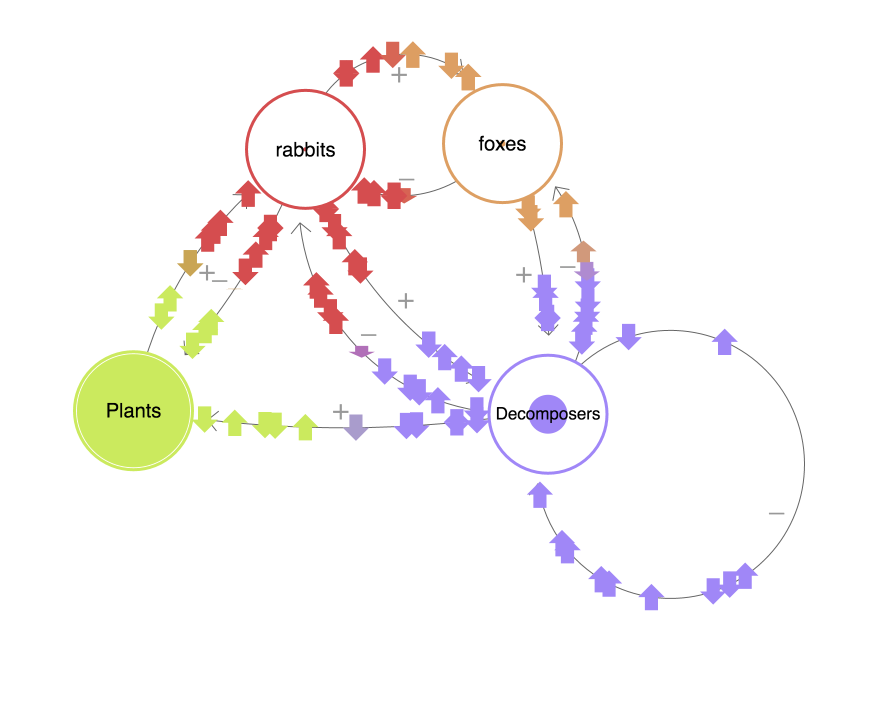Systems thinking is as important as it is hard. As we look at the New York State Science Learning Standards, we see a clear role for systems thinking. Systems and System Processes is one of the Cross-Cutting Concepts, and Developing and Using Models is a Science Practice. It should be obvious to all of us that where we are going as a state is very much to system-land.
There are many ways that we can model system dynamics. Many of us model systems in our classrooms whenever we engage in “simulations”, or other types of modeling activities. And I’m sure most readers are well aware of the various interactive computational simulations that have been created for students to work with. But there are not a whole lot of computational resources that allow students to construct relatively robust models of systems for their own investigation. This is mostly because programming computers is relatively difficult. As such it’s not often tenable to train students in how to create a computational tool prior to having them use it.
Which is where Loopy comes in. Loopy is a very simple systems dynamics modeling tool where anyone can create a system and then see how its dynamics affect the system. No programming is required, and the tutorial should take anyone <5 minutes to be able to render a system of their own interest.
Here’s an example of Loopy at work in a simple food web model that I created for this article:
See? Not that hard (also, I totally understand that it’s “not that good”).
Tools like Loopy can help give students opportunities to model systems, without the high cost of entry that usually accompanies computational model construction.

